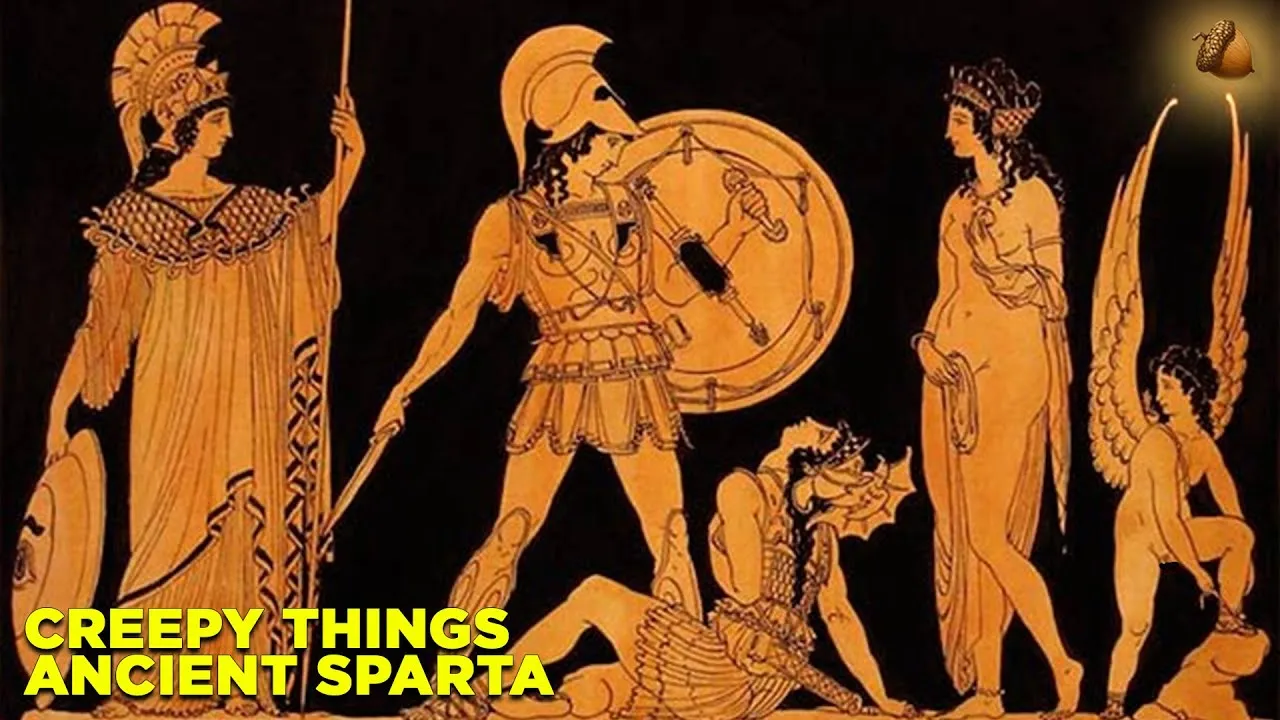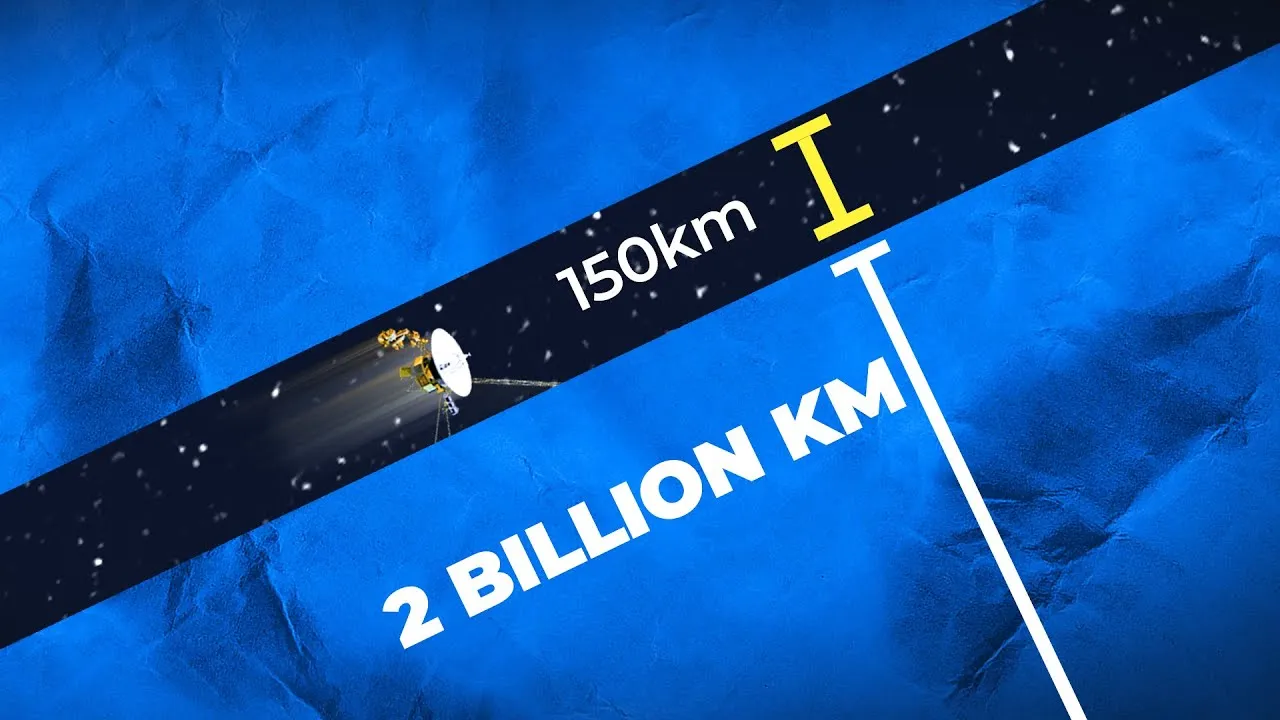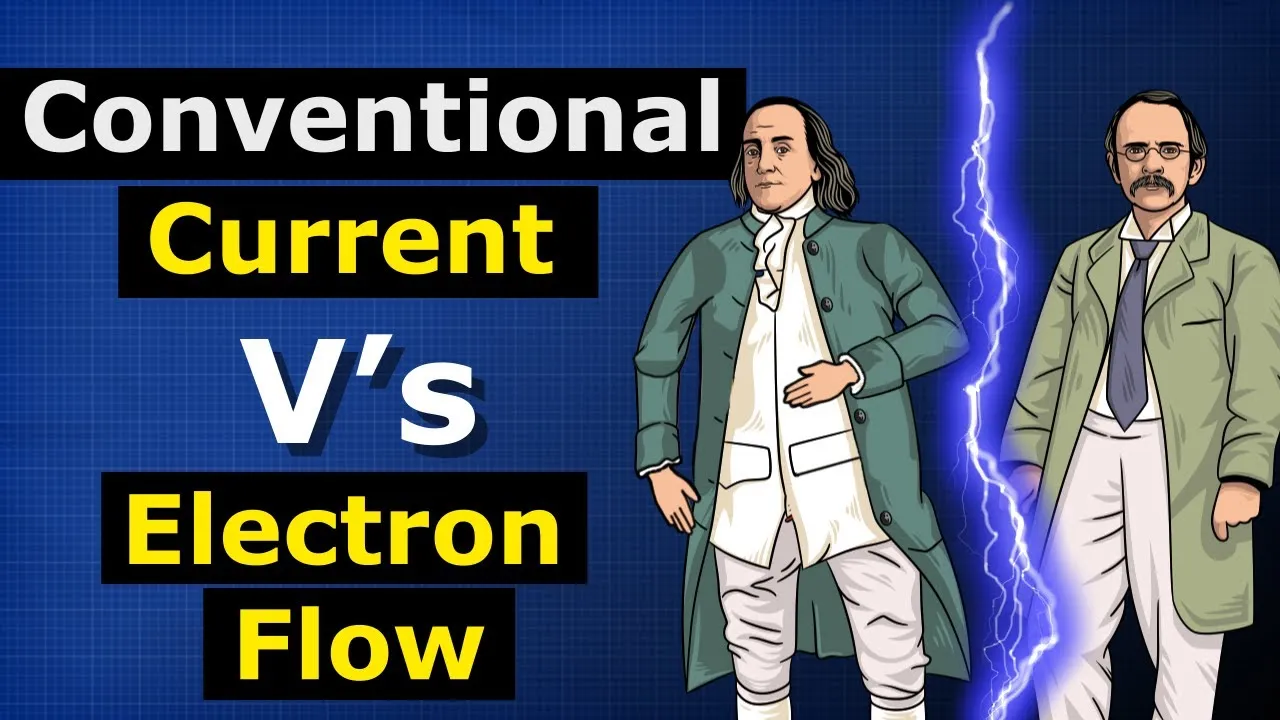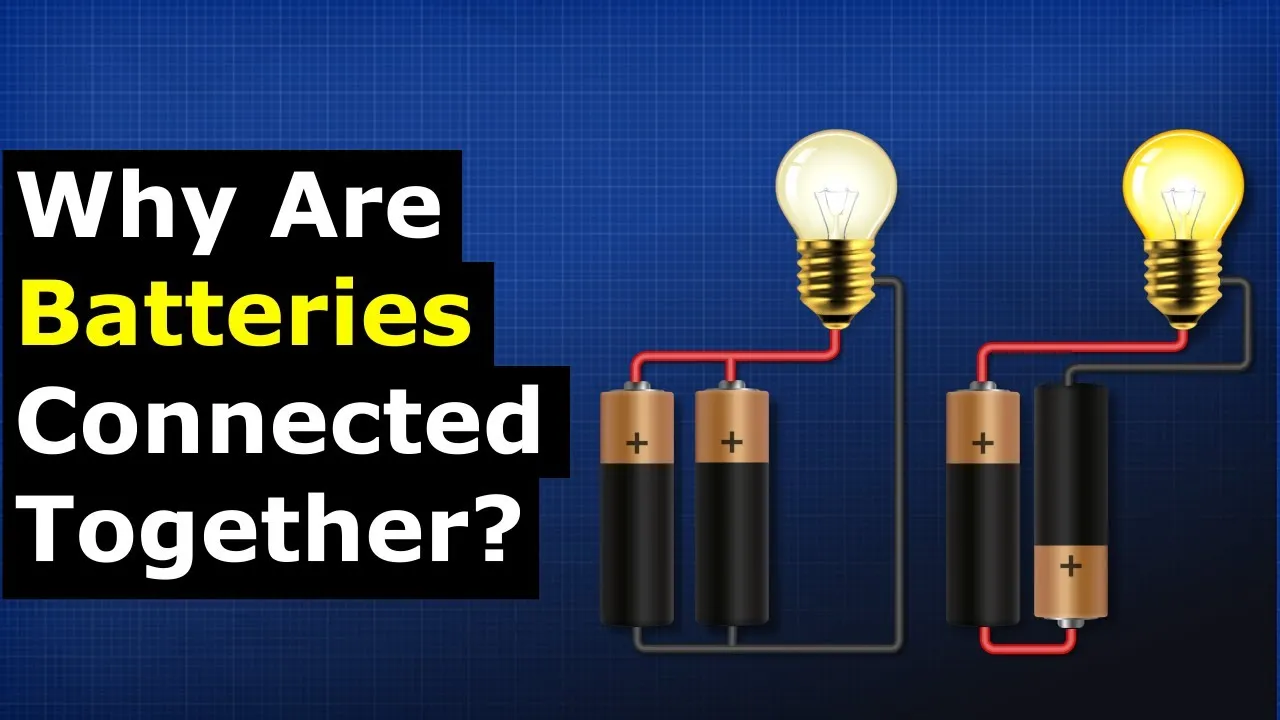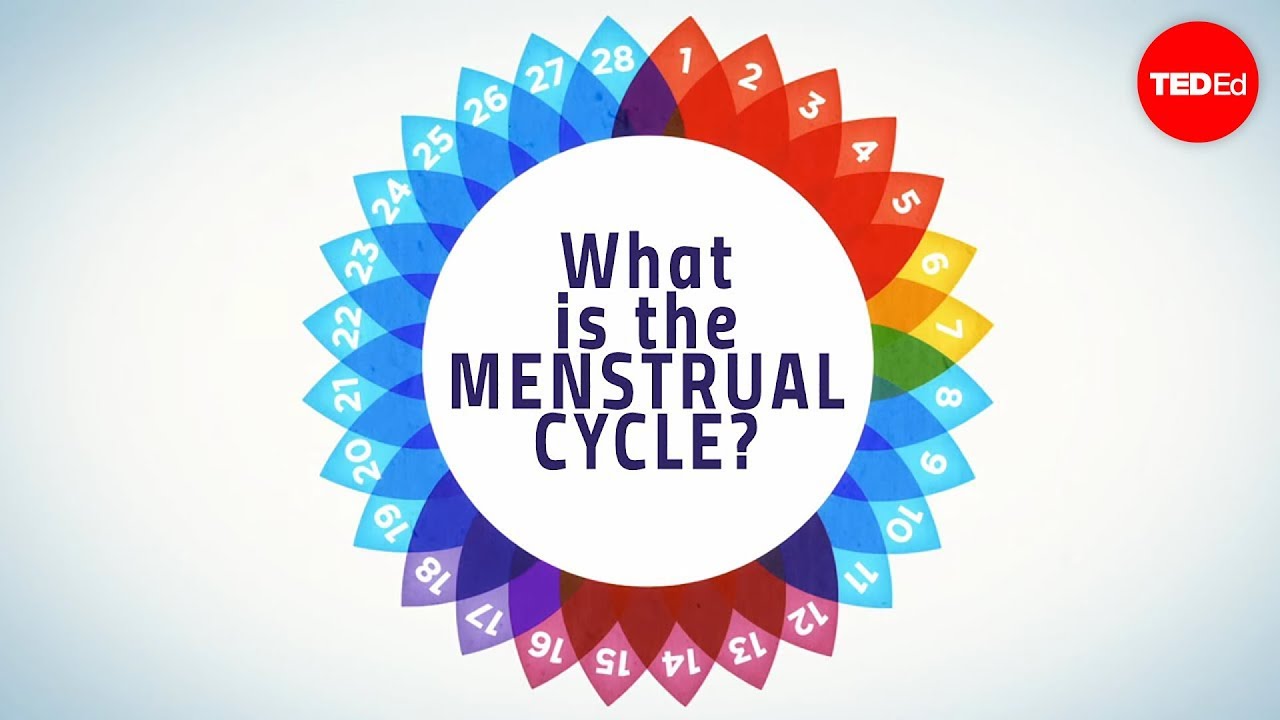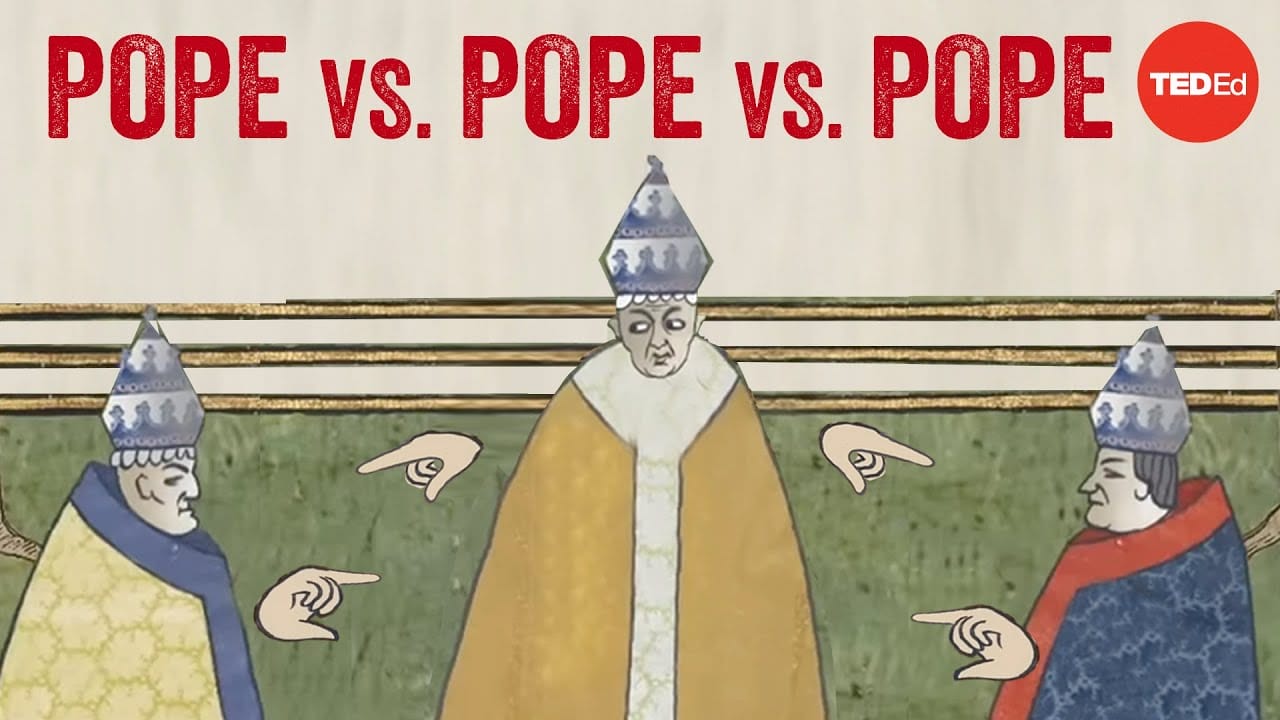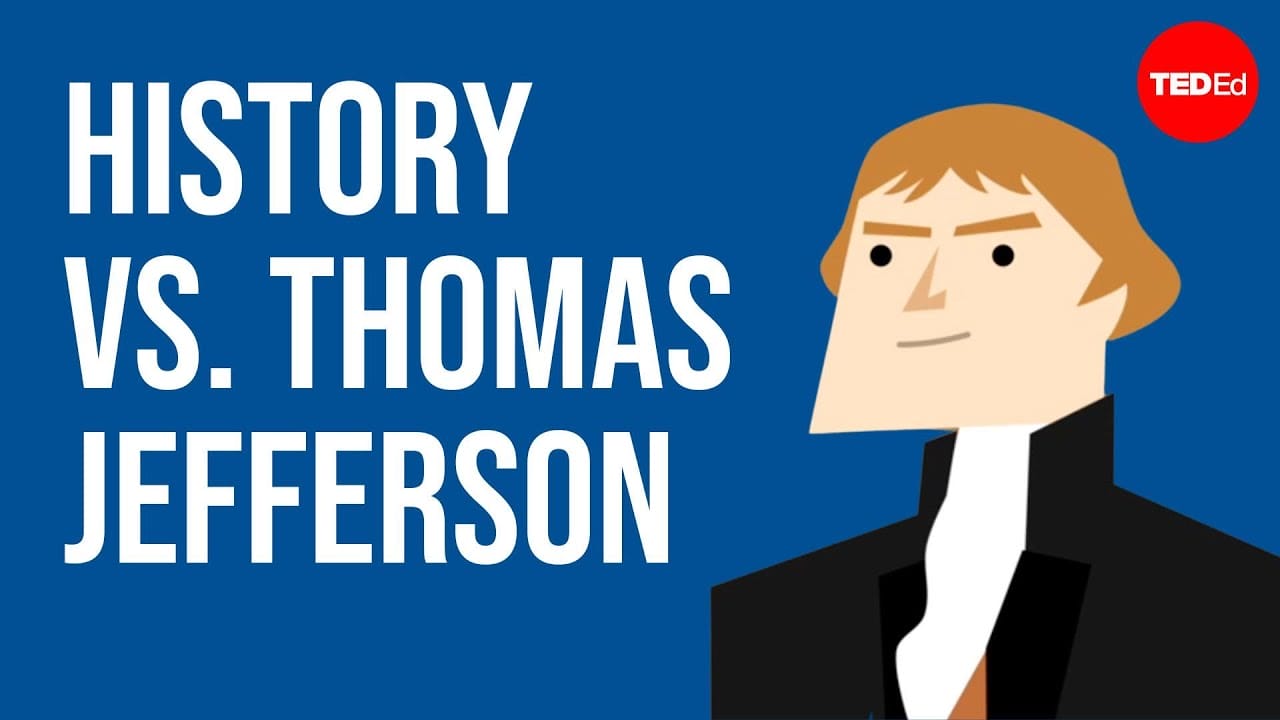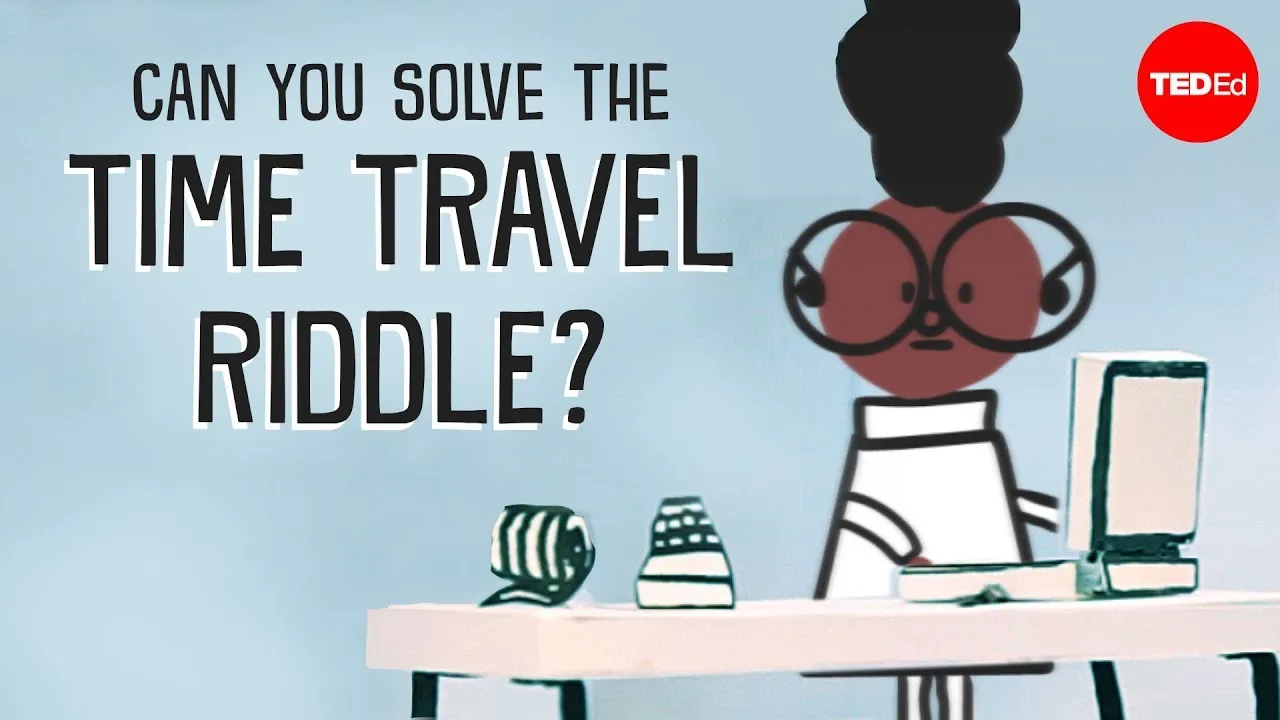Grade 9 Video Lessons
Advance your education with our AI-guided video lessons, crafted for Grade 9 students! We've selected insightful YouTube videos to make learning more engaging and stimulating.
The lesson recounts the courageous story of Margaret Clitheroe, a devout Catholic woman in Elizabethan England who defied the religious persecution of her time. Despite facing a brutal death sentence for refusing to plead in her trial, she remained steadfast in her beliefs, ultimately becoming a martyr and earning the title "Pearl of York." Her legacy serves as a testament to the strength of conviction and the sacrifices made for faith.
The lesson explores the life of Eugène François Vidocq, a notorious criminal who transformed into a pioneering detective in early 19th-century France. Initially involved in theft and mischief, Vidocq became an informant for the police, ultimately founding the Brigade de Sûreté and introducing innovative forensic techniques that laid the groundwork for modern criminology. His journey from a life of crime to becoming a celebrated figure in law enforcement illustrates the complexities of human nature and the significant impact one individual can have on society.
The lesson explores the concept of erasure in history, highlighting how individuals have been systematically removed from records and memory due to political conflicts, societal norms, or personal vendettas. Through examples like the Roman practice of "Damnatio Memoriae," the Soviet purges, and the overlooked contributions of women, the lesson illustrates the fragility of legacy and the importance of remembering those who have been unjustly forgotten. Ultimately, it emphasizes that history is not just a record of events but a collection of stories that shape our understanding of the world.
The lesson explores the unsettling practices of ancient Spartan society, revealing that while Sparta is often celebrated for its military prowess and relative gender equality, it also had harsh and controlling customs. From the brutal selection of newborns by a council of elders to the rigorous and often cruel training of boys in the agoge, the lesson highlights how Spartan life was characterized by strict discipline, competition, and the exploitation of the helot population. Ultimately, it challenges the perception of Sparta as a perfect society by exposing the darker aspects of its culture.
The lesson on Voyager 2 highlights its groundbreaking journey as the first spacecraft to explore Neptune and the outer planets of our solar system. Utilizing a rare planetary alignment and gravity assists, Voyager 2 successfully navigated through space with remarkable precision, achieving significant milestones and gathering invaluable data over its 12-year mission. Its legacy continues to inspire future exploration and deepen our understanding of the cosmos.
The lesson explores the journey of Starman, a mannequin launched into space aboard a Tesla Roadster by SpaceX in 2018, and discusses the predictions regarding his potential return to Earth. Scientists have tracked Starman's trajectory, estimating close encounters with Earth in 2047 and Mars in 2035, while also considering the challenges of retrieving him from space. Ultimately, the lesson reflects on whether Starman should return or continue his journey as a symbol of human exploration.
This lesson explains the concepts of conventional current and electron flow in electricity. Conventional current, established by Benjamin Franklin, describes electricity as flowing from positive to negative, while electron flow, discovered by Joseph Thomson, reveals that electrons actually move from negative to positive. Understanding both concepts is essential for grasping electrical principles and is crucial for anyone studying electrical engineering, despite the persistence of conventional current in labeling and diagrams.
In this lesson, we learned about the two primary methods of connecting batteries: in series and in parallel. Connecting batteries in series increases the total voltage while keeping the capacity the same, whereas connecting them in parallel maintains the voltage but enhances the overall capacity, allowing for longer usage. Additionally, we explored how to measure battery voltage and test batteries under load to assess their performance.
The lesson on step-down transformers explains how these devices reduce voltage while increasing current, utilizing the difference in the number of wire turns between the primary and secondary sides. It covers essential calculations, including determining input voltage, the number of turns, and current on both sides, while emphasizing the importance of power consistency across the transformer. Understanding these principles and formulas enhances our appreciation of how transformers efficiently manage electricity in everyday applications.
The menstrual cycle is a natural process experienced by all women, lasting between two to seven days every month and occurring approximately 450 times in a woman's life. It is regulated by a series of hormonal controls and involves the ovaries, which release an egg each month, waiting for fertilization by a sperm cell. If fertilization does not occur, the womb's lining degenerates, and the period begins, taking up to a week to clear out the unused contents of the womb, after which the cycle begins again.
Scientists are able to create the coldest materials in the world in physics labs by using laser beams to slow down moving particles. This allows for a better understanding of the inner workings of matter and the development of sensitive instruments, such as atomic clocks and detectors for underground resources. Cold atoms also have the potential to be used in the study of atomic and subatomic phenomena and the detection of gravitational waves.
The article discusses the invisible signals that surround us, such as radio waves, and their impact on various technologies. It explains how airplane mode on phones is not just for protecting flights, but also to prevent interference with other signals. The article also highlights the threat that these signals pose to astronomy and the need for radio quiet zones to study deep space.
The article discusses the unique situation in the late 14th century when there were three popes. The origins of this predicament can be traced back to conflicts between the Church and the French monarchy. The schism lasted for 39 years until the Council of Constance in 1417, when a new Pope was elected and the schism was finally resolved.
The article explores the complex legacy of Thomas Jefferson, a founding father of the United States. While Jefferson is known for his contributions to equality and democracy, his participation in slavery and mistreatment of Indigenous communities raise questions about his legacy and whether historical figures should be judged by modern standards.
The article discusses wealth inequality in South Africa and explores the question of whether inequality is inevitable. It explains the use of the Gini index to measure inequality and highlights the limitations of this measure. The article also examines the role of government choices and economic systems in contributing to inequality, and discusses ways to reduce inequality, such as progressive taxes, transfers, and access to services. It concludes by emphasizing the global divide in wealth and power and the need to weaken the feedback loops that perpetuate inequality.
In this lesson, you embark on a thrilling adventure in Professor Ramsey's physics lab, where you must navigate the complexities of time travel after the professor accidentally steps through a time portal. To return to the present, you learn about Ramsey Theory and discover that a minimum of six chrono-nodules is necessary to guarantee the formation of a red or blue triangle, which will open a doorway back home, regardless of the random color connections. This exploration not only highlights the mathematical principles behind the challenge but also emphasizes the importance of systematic problem-solving in overcoming seemingly insurmountable obstacles.
The lesson discusses the innovative concept of space elevators as a potential alternative to traditional rocket launches for space travel. Space elevators could significantly reduce costs and improve safety and efficiency by using a fixed structure to transport payloads into orbit, with the possibility of lowering launch costs by up to 95%. While the idea has roots dating back to the 19th century, current advancements in materials and engineering, such as carbon nanotubes, are essential for overcoming the challenges of constructing such a massive structure, with several countries aiming to develop this technology by 2050.
The lesson explores the intricate world of atoms, highlighting their minuscule size and fundamental role as the building blocks of matter. It explains the composition of atoms, consisting of neutrons, protons, and electrons, and emphasizes the vast emptiness within them, filled with quantum fluctuations. Additionally, the lesson illustrates the simplicity and complexity of atomic structures, revealing how a few elementary particles can create a multitude of elements, while acknowledging the evolving nature of our understanding of atomic science.
This lesson explores the evolution and functioning of various types of light bulbs, highlighting their unique mechanisms for converting electrical energy into visible light. It covers incandescent and halogen bulbs, which use tungsten filaments; fluorescent bulbs, which utilize gas and a phosphorescent coating; vapor lamps for large area lighting; and LEDs, which operate on semiconductor technology. Understanding these differences enhances our appreciation for the science behind everyday lighting solutions.
The lesson explores the origins of the quirky "Ye Olde" signs, revealing that the "Y" actually represents the Old English letter "thorn," which was used to denote the "th" sound in words like "the." As printing technology evolved, the thorn letter fell out of use, leading printers to substitute "Y" for "th" due to its visual similarity, resulting in the playful yet historically inaccurate spelling we see today. Ultimately, these signs reflect a fascinating blend of linguistic history and printing practices.
In this lesson, we explore the intriguing question of what would happen if a giant ring were built around the Earth and its supporting poles were removed. The concept of symmetry breaking is introduced, explaining that if the ring is strong enough, it could potentially "hover" in place due to balanced forces, while a weaker ring might buckle and collapse. The lesson also touches on the idea of spinning, linking it to the Earth's rotation, and encourages further exploration of related topics.
The lesson explores the staggering size of the observable universe, which spans 93 billion light years and is approximately 100 quintillion times larger than Earth. To illustrate this vastness, a pixel comparison is used, where a single pixel represents Earth amidst an immense array of pixels symbolizing the universe, highlighting our planet's insignificance in the grand cosmic scale. Ultimately, it serves as a humbling reminder of our small place in the universe.
This lesson explores the intriguing mysteries of Earth's core, revealing that the inner core is a solid ball primarily composed of iron, with a temperature reaching around 9,800 degrees Fahrenheit. Scientists utilize seismology to study the core's structure, discovering a solid inner core and a molten outer core, while ongoing research aims to uncover the presence of other elements, such as sulfur, within this hidden realm. Overall, the lesson emphasizes the complexity and significance of Earth's core in understanding our planet's composition and history.
This lesson explains the significance of octane ratings in gasoline, which indicate how well fuel resists knocking during combustion. It emphasizes the importance of selecting the appropriate octane level for your vehicle to prevent engine damage, clarifies the reasons behind the higher cost of premium fuels, and discusses the role of ethanol in gasoline. Additionally, it highlights the differences between diesel and gasoline engines, underscoring the potential consequences of using the wrong fuel type.



